Bushcraft First Aid: Emergency Medical Care in the Wilderness
Bushcraft is the art and act of developing and applying functional knowledge and understanding to survive in a natural environment. Many take it up as a hobby, hiking out to remote parts of the backcountry to get away from the hustle and bustle of modern life. Others find themselves in need of bushcraft skills inadvertently, whether because a hiking trip went wrong, a vehicle breakdown, or, albeit unlikely, a severe disaster like a plane crash.
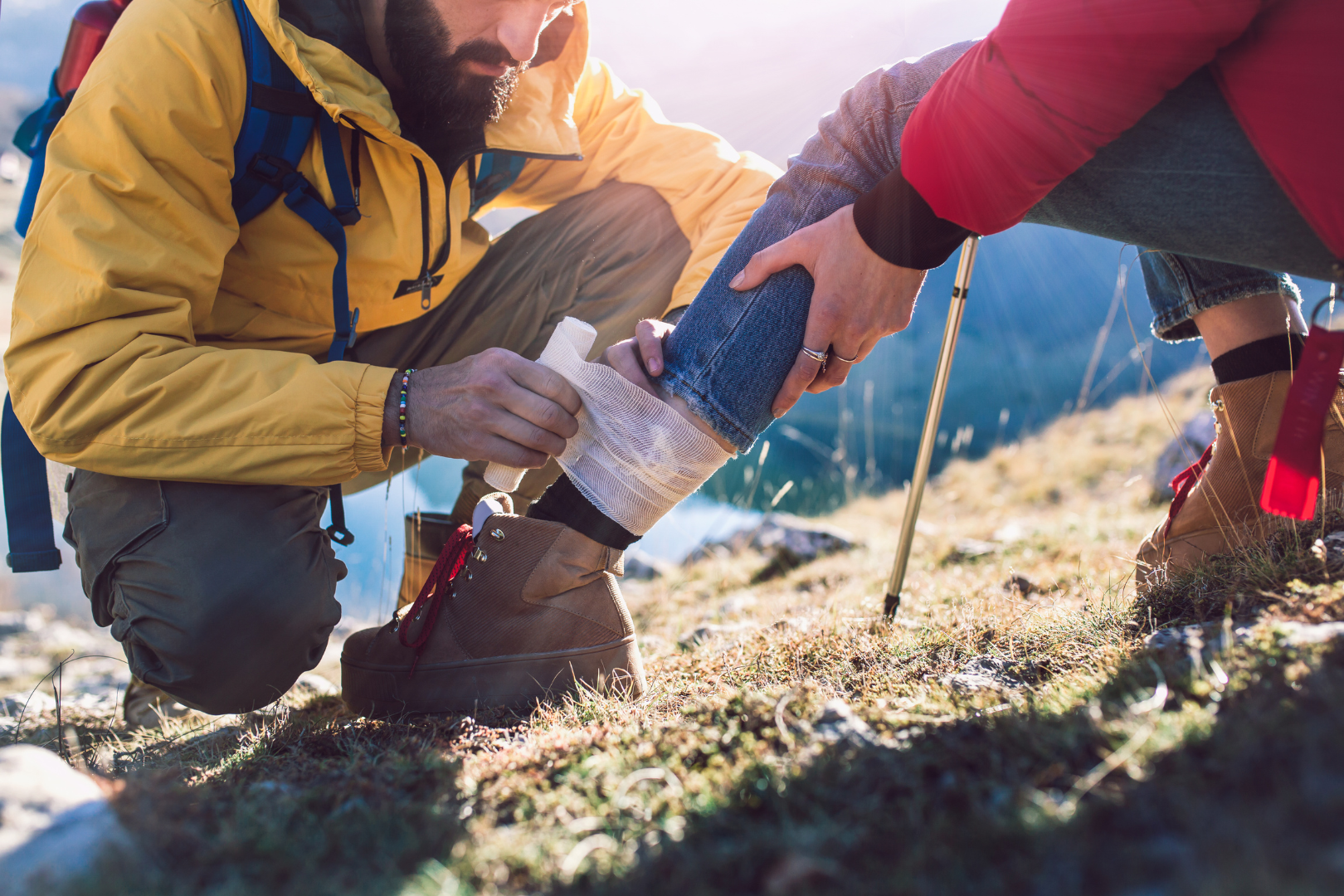
However voluntarily you end up in the wilderness, bushcraft skills, especially bushcraft first aid, are essential to your outdoor wellbeing.
Keep in mind that the information provided on this site is for educational purposes only, and does not constitute professional medical advice.
Why Is First Aid When Bushcrafting So Important?
Understanding first aid in the context of bushcraft is crucial, as there are a few key factors that distinguish bushcraft first aid from regular first aid practices. Bushcraft, by nature, often takes place in remote areas where immediate medical attention is not readily available, so maintaining a wealth of knowledge related to bushcraft first aid is essential.
Ensuring the wellbeing of yourself and others can be the difference between a minor injury and a life-threatening situation. Involving skills that are tailored to address injuries under the limitations imposed by the wilderness, bushcraft first aid is a wide umbrella of knowledge including, but not limited to, cuts from tools, animal or insect bites, and joint or ligament sprains.
Learning bushcraft medical care is not just about treating injuries; it’s about prevention and being prepared to handle emergencies effectively.
Wilderness First Aid vs. Urban First Aid – Key Differences
There are significant differences between wilderness first aid and first aid in an urban setting. The biggest difference is that in an urban environment, emergency medical services are usually just a phone call away, so the focus is the stabilization of the patient until professional help arrives.
Outdoor first aid, on the other hand, often requires one to manage the situation for extended periods of time before professional aid can be administered. This includes not only treatment but also potential evacuation strategies. The tools available to accomplish these things are limited in outdoor settings, as many people are bound by the storage confines of a pack or tent.
Since there are limited resources available to treat medical emergencies, it is important to prioritize prevention strategies when outdoors to reduce the risk of injury or emergency.
Building the Ultimate Wilderness First Aid Kit
Building an effective off grid first aid kit is essential to being prepared. It should be durable, portable, and comprehensive, and tailored to your environment. The key to accomplishing this is thorough planning and the assumption that if something bad can happen, it will happen.
Think of the characteristics of the environment you are planning for, whether it be temperature, moisture level, or climate, and adjust your wilderness medical kit to cater to the needs of these conditions.
From here, consider what tools are necessary to survive in your intended environment. Choosing the proper bushcraft tools is essential to survival and should not be neglected. Your bushcraft first aid kit should be well rounded and feature bandages, antibiotic ointments, disinfectant solutions, and a first aid guide.
The Right First Aid Kit Bag
The best wilderness first aid kit is one in a durable, water resistant, and easily accessible bag. Keep your off grid first aid kit organized and indexed so you know that you have what you need, when and where you need it. Be sure your bag can withstand harsh conditions and is relatively lightweight so that it can travel with you wherever you go.
Bandages of Multiple Shapes and Sizes
Your bushcraft first aid kit should come stocked with plenty of bandages - adhesive, elastic, and triangular - to handle different types of wounds. First aid kit bandages should be kept clean and dry to ensure they are sanitary upon use.
Instead of buying bandages individually, you can often buy small adhesive bandage first aid kits to add to your supply. First aid kit triangular bandages are also a great option due to their large surface area and adaptability.
Varying Sizes of Gauze
Gauze pads are essential medical supplies for dressing wounds, stopping bleeding, and keeping cleaned wounds protected from the environment. First aid kit gauze should be kept clean and dry so they are sanitary upon use.
Be sure to have various gauze sizes on hand, as the size of a wound is unpredictable and it is better to be over prepared than under prepared.
Antibiotic Ointment for Wound Protection
Be sure to include antibiotic packets or antibiotic wipes in your first aid kit to ensure that wounds can be properly cleaned and protected. This falls in line with the prevention philosophy, where going the extra mile can make the difference between a small injury and a festering wound.
An antibiotic ointment first aid kit can be purchased separately, or just add some antibiotic ointment to the kit you’ve made for yourself.
First Aid Tape is a Must-Have
First aid tape is an essential item due to its multiple use cases. Medical tape can be used to adhere gauze, bandages, and other injury dressings to the skin around the wound to ensure a tight and functional fit. Most adhesive first aid tape is pressure sensitive, meaning it adheres with firm pressure. Consider water resistant tape if you intend to adventure out into a wet climate.
Antiseptic Wipes and Solution for Disinfecting
Include some first aid antiseptic wipes in your kit to ensure you can clean a wound if necessary. Alcohol wipes, antibacterial wipes, and antiseptic towelettes are a great choice due to the large amount of infections they can stifle. Keeping a wound sterile with medicated wipes is a great way to increase the chance of survival in an emergency situation. Adding antibiotic ointment to a first aid kit is another good idea, due to the large range of conditions it can help treat.
Over the Counter Medications for Multiple Potential Issues
Have some common medications like ibuprofen, Advil, Benadryl, and an antihistamine on hand to treat fever, headaches, and allergic reactions. It is also a good idea to have some over the counter pain medication, an antacid for acid reflux or nausea, a diarrhea medication to treat diarrhea and dehydration, and aspirin for headaches and localized pain reactions.
Be sure to regularly index your pain relievers to ensure you have what you need, when you need it.
Wound Closure Strips, AKA Butterfly Bandages
Include some wound closure strips in your first aid kit to deal with deep cuts, scrapes, and other common injuries. Butterfly strips or steri strips are a great choice for such applications. Store them in a zip-loc bag or other waterproof container to keep them dry. They should be replaced or replenished routinely to ensure you aren’t without them in an emergency.
A Tourniquet for Large Wounds
A tourniquet for first aid is an essential tool for controlling severe bleeding in limb injuries. A tourniquet first aid kit can be bought separately and added to your tactical first aid kit without much trouble, just be sure you are familiar with your tourniquet set up so you are prepared if ever have to use it in an emergency.
Having a tactical first aid kit with tourniquet included is a great way to stay prepared for more serious injuries.
Include Instructions Via a First Aid Manual
A comprehensive first aid kit manual is an invaluable tool for guidance and reference in a wound care emergency, especially if you are without formal medical training. Your first aid kit instructions should be kept in a waterproof bag to keep it dry.
A first aid kit checklist is also a good thing to have on hand so you can reference it when restocking your bushcraft medical kit. Make sure you and your party are familiar with the contents of your kit and the instruction book. Preparedness is a key part of the prevention philosophy and getting everyone on the same page
Basics Tips for Administering First Aid Outdoors
When you’re exploring the outdoors, wilderness first aid basics are an essential skill to ensuring you make it home safe and sound. Whether or not you use them, it is much better to be prepared than to go in blind, so be sure you have a good grasp of backpacking first aid before you embark on your journey.
Off grid medical care is much different than medical care in an urban environment, so understand the differences and limitations of providing medical care in a wilderness environment.
Here are some tips to help you prepare and prevent serious injury and illness in the wild.
Prepare to Give Wilderness First Aid Assistance
The best thing you can do when preparing for first aid in the wilderness is ensure you yourself are mentally and physically prepared. Know your limits and understand the basics of wilderness first aid.
Familiarize yourself with your bushcraft first aid kit and make sure it is restocked before you leave. Preparation and prevention go hand in hand, so it is vital that you don’t neglect these key steps.
Initial Patient Assessment: Get Consent And Determine Severity
If you find yourself in a situation where you have to perform wilderness first aid, it is important that you perform an initial patient assessment before beginning treatment.
The first step is to get first aid consent so that you can comfortably treat your patient. Then, begin assessing the severity of the situation. Perform an ABCDE exam (Airway, Breathing, Circulation, Disability, Exposure/Environment) and a life threat exam to identify symptoms that may not be obvious at first glance.
Familiarize yourself with signs of trauma, shock, and illness to avoid misdiagnosis and increase your patients chances of survival.
Secondary Patient Assessment: Full Body Exam and Vital Signs Check
The next step in the bushcraft first aid process is to perform a secondary patient assessment. This includes a full body first aid exam and a vital signs check. If you don’t know how to check vital signs, refer to the first aid manual in your kit before you embark or during your trip to familiarize yourself with these checks.
Determine The Best Treatment Plan
After completing the initial and secondary patient exams, determine the best treatment plan. Refer to your book of wilderness first aid tips, and determine the best way to handle off grid wound treatment. Use your best judgment and run your plan by the patient if possible.
It is good practice to keep as many people in the loop as possible to ensure proper treatment if something unexpected occurs.
Before Venturing Out: Take a Wilderness First Aid Course
Building off of the preventative philosophy, it is a great idea to consider taking a wilderness first aid training course to prepare yourself for every possible outcome and emergency. Off grid first aid training can be accomplished with organizations like the Red Cross or local outdoor agencies, and are relatively inexpensive. Actively participating in a class like this will help guarantee your readiness for outdoor emergencies and improve the quality of life for you and your party.
When to Seek Professional Medical Attention
Even if you consider yourself properly prepared to handle wilderness first aid, there are times when professional medical help is needed. Recognizing the limitations of what can be done outdoors and that professional help is the necessary next step can be the difference between life and death for your patient, so be sure to include these signs in your first aid wilderness training.
If you are unsure, it is always a good idea to play it safe. Err on the side of caution and seek professional help to make sure your patient gets the help they need. A medical professional or search and rescue team can be contacted in the wilderness with a satellite phone, radio, or, in an extreme emergency, a signal fire or flare.
As always, stay calm and collected, and think as rationally as possible at all times. Doing so will ensure you are prepared to deal with whatever the outdoors throws your way.
Remember, effective bushcraft first aid is a combination of preparation, knowledge, and the ability to stay calm under pressure. Your first aid skills could be the difference between a minor incident and a major emergency.
Written by Aidan Shelton

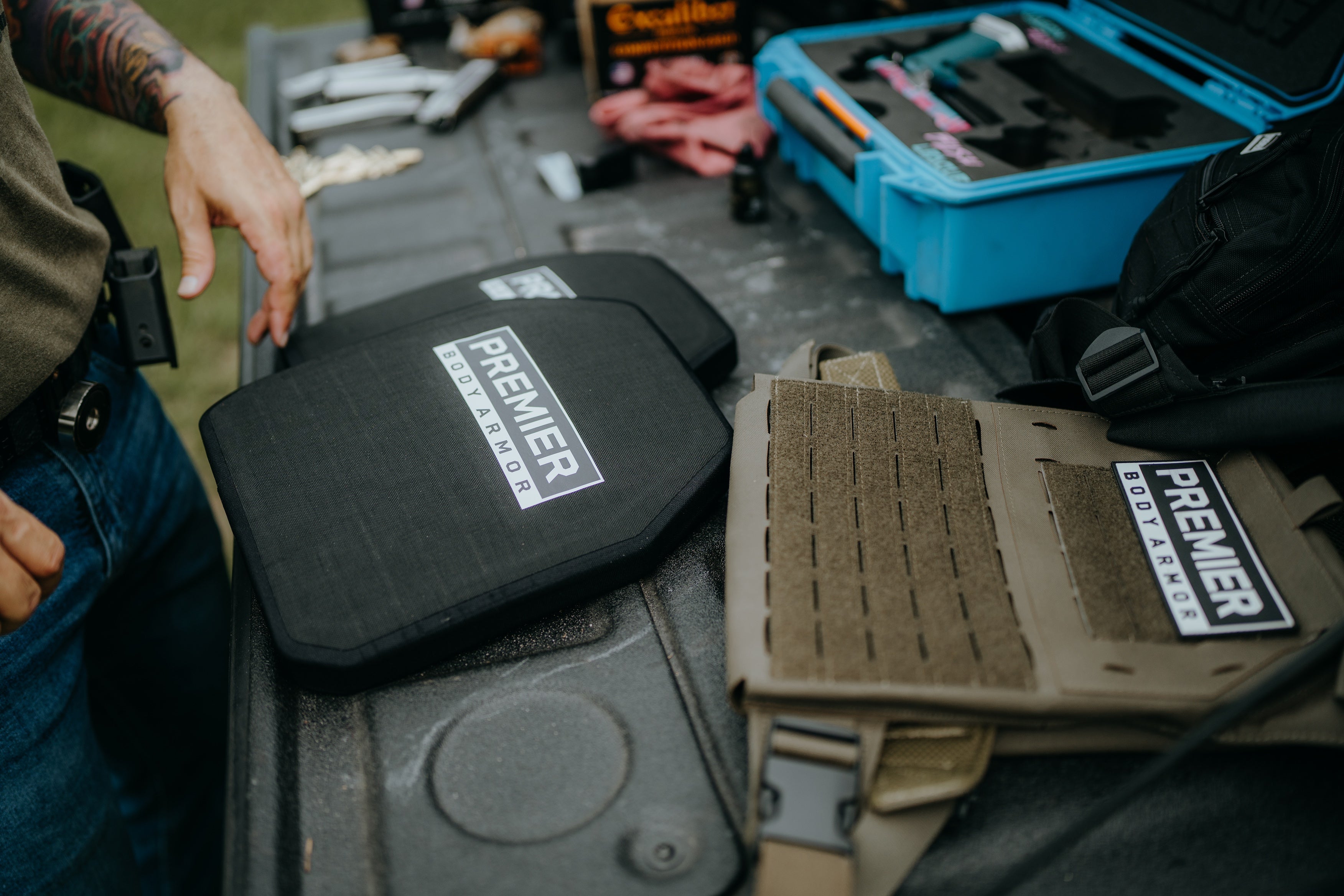
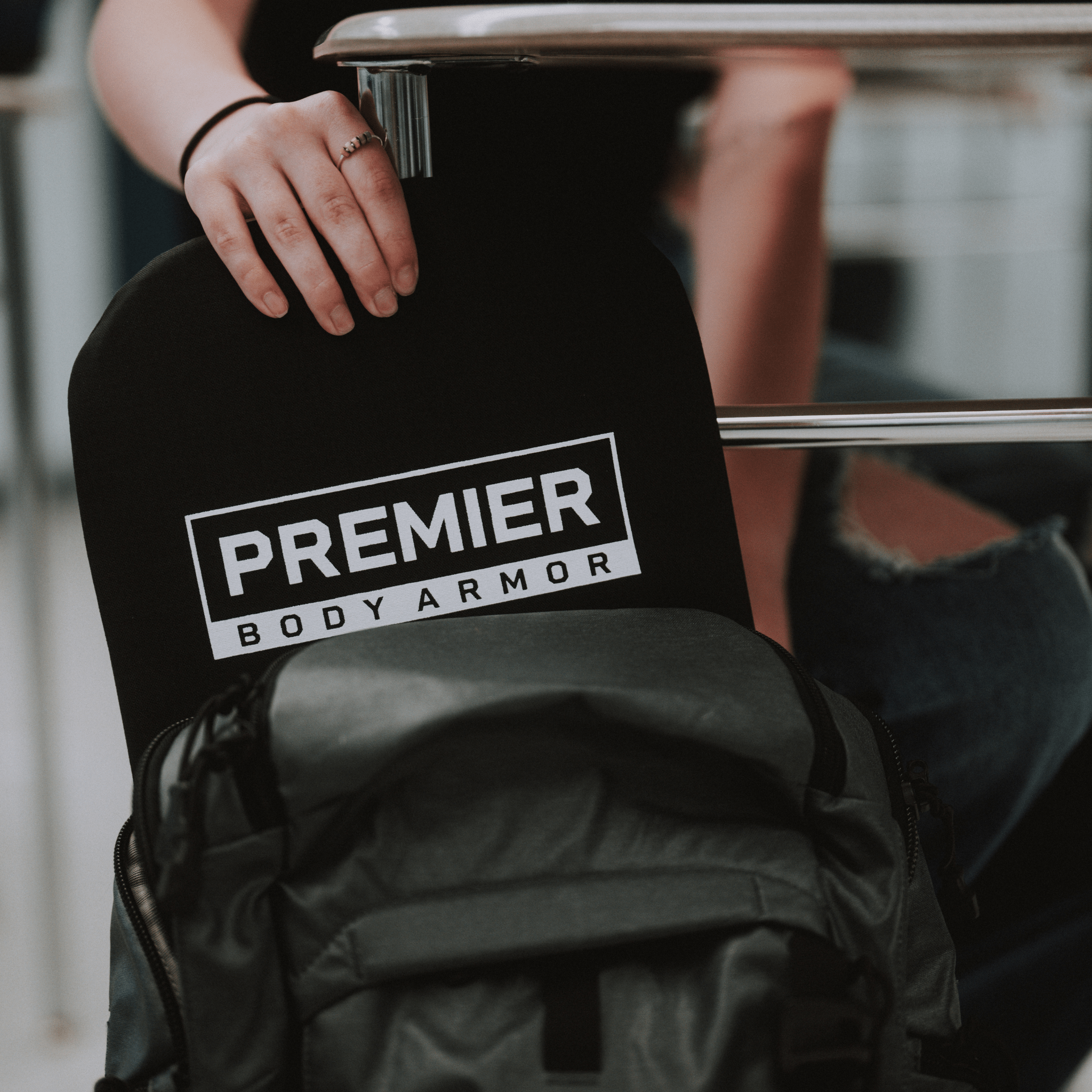
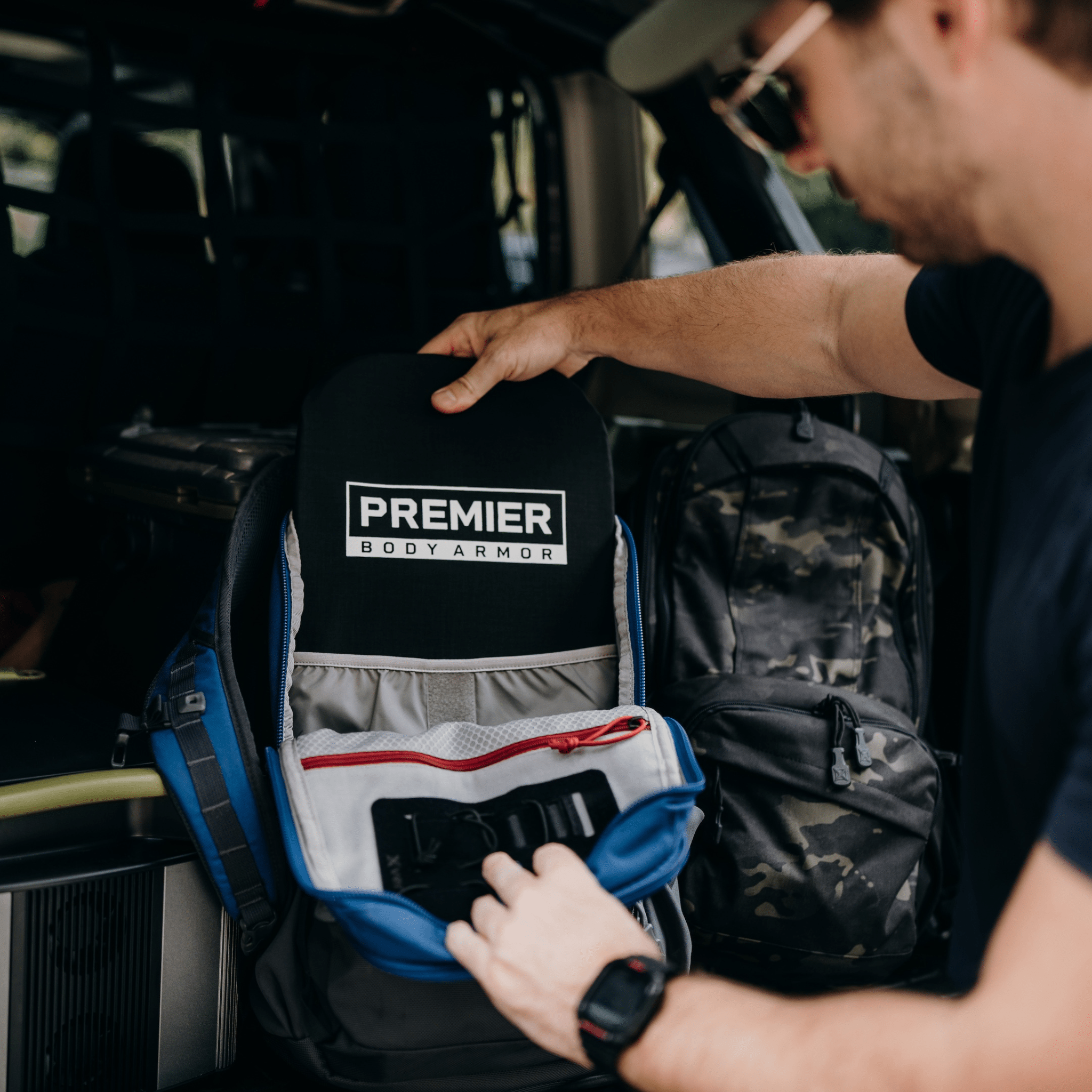





Leave a comment